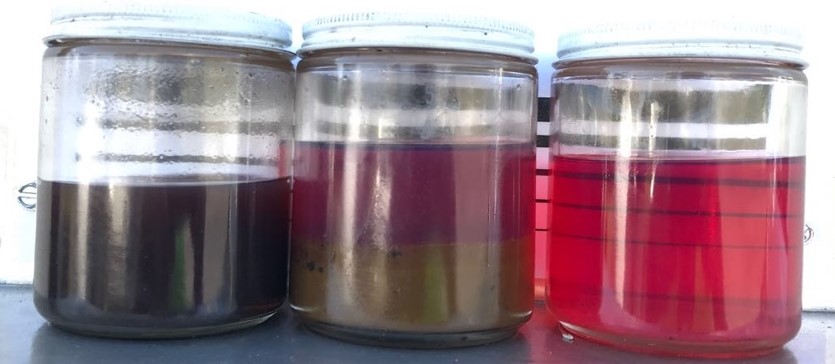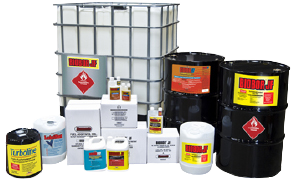Backup power generators serve a vital purpose, providing invaluable standby power for residences and business alike. While dependable when maintained properly, there is often a general misunderstanding of how to maintain the fuel supply. Much of the problem stems from not knowing some basic diesel fuel facts.
5 Basic Facts about Diesel Fuel
- The shelf life of diesel fuel is less than one year and biodiesel around six months.
- Diesel fuel is more susceptible to accelerated aging due to its processing.
- Diesel fuel is likely contaminated when received for use.
- Diesel fuel with biodiesel will absorb more water than conventional diesel.
- Diesel fuel must be maintained properly for long-term storage.
What else is there to know about diesel fuel? It helps to know when diesel fuel is bad. Sometimes this can be quite easy. If the diesel fuel is darkened or contains high levels of particulates upon visual inspections, then you have a problem. However, diesel fuel may not always look bad and can still be off spec. Because tank access is often limited, it can be difficult to get several samples from different areas of the fuel system. This presents a problem when attempting to determine the quality of the diesel. Below is one of my favorite pictures to show that represents the problem. These were all taken from the same tank at the same time, just different locations. If you were to take a sample like the one on the right, you might stop there thinking you have no issues. You could not be more further from the truth.

Two things each sample had in common were confirmed by field testing. Each had high acid levels and each were contaminated with microbes. The tale-tale sign was confirmed when the filters were discovered to have high levels of biomass. It was only a matter of time before the generator system failed due to highly contaminated fuel. Managing generator diesel fuel is not always straightforward, but there are a few things you can do to make your job easier.
6 Steps to Managing Generator Diesel Fuel
- Establish a fuel management program that begins with Test, Treat and Protect. Check out Hammond’s simple program, then call us for specific help in implementing it.
- If you are starting with new fuel, consider using a multi-functional additive that will help to extend the shelf-life of the fuel, reduce maintenance costs, provide fuel stability and improve engine operation. Don’t look any further than Hammonds line of quality products including Biobor DC+Cetane Winter Blend, Biobor DC+Cetane Summer Blend or Biobor MD. Have questions about what to use, contact us for further information.
- If you have older fuel that still meets spec or is not beyond the range of remediation, use one of Hammond’s multi-functional additives to help remediate and extend its life.
- If the fuel is beyond remediation, pump it out and properly dispose of it. Start over using Hammond’s products to extend the shelf-life of the new fuel and establish a fuel management program.
- Use Biobor JF to preserve the fuel from microbial contamination and remediate already contaminated fuel. Biobor JF eliminates microbes and preserves the fuel for long-term storage when used regularly. Another advantage of Biobor JF, it’s a lubricity additive so it will help protect your engine from wear. Contact Hammonds for advise on how to properly use its biocide for generator maintenance.
- If your fuel is dirty, have it cleaned by a professional. Dirty fuel will only get worse over time, accelerating the aging process and reducing the life of your generator. Consider having a yearly cleaning as a regular maintenance. It will save you money and ensure your fuel stays in tip-top shape over the long term.
Don’t let any more time slip by. Start a fuel quality management program now. If you are only doing the minimal to maintain your fuel, consider the costs over time. Poor fuel quality will affect your engine and your costs.
Follow BioborShare the Post









